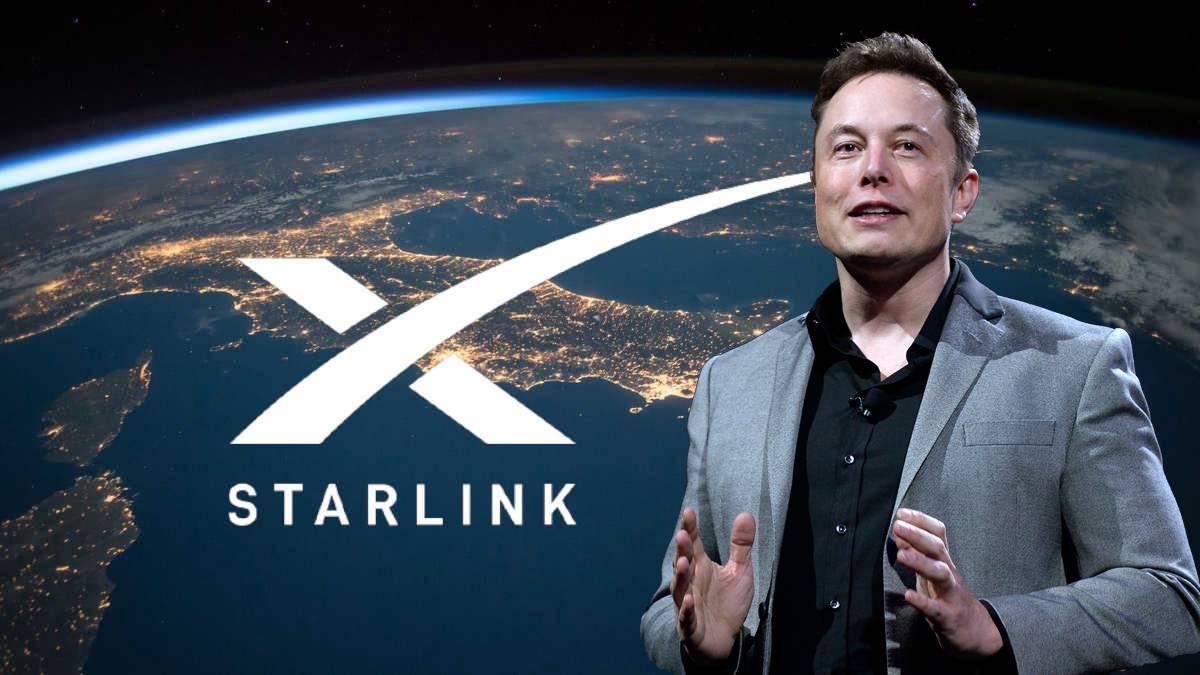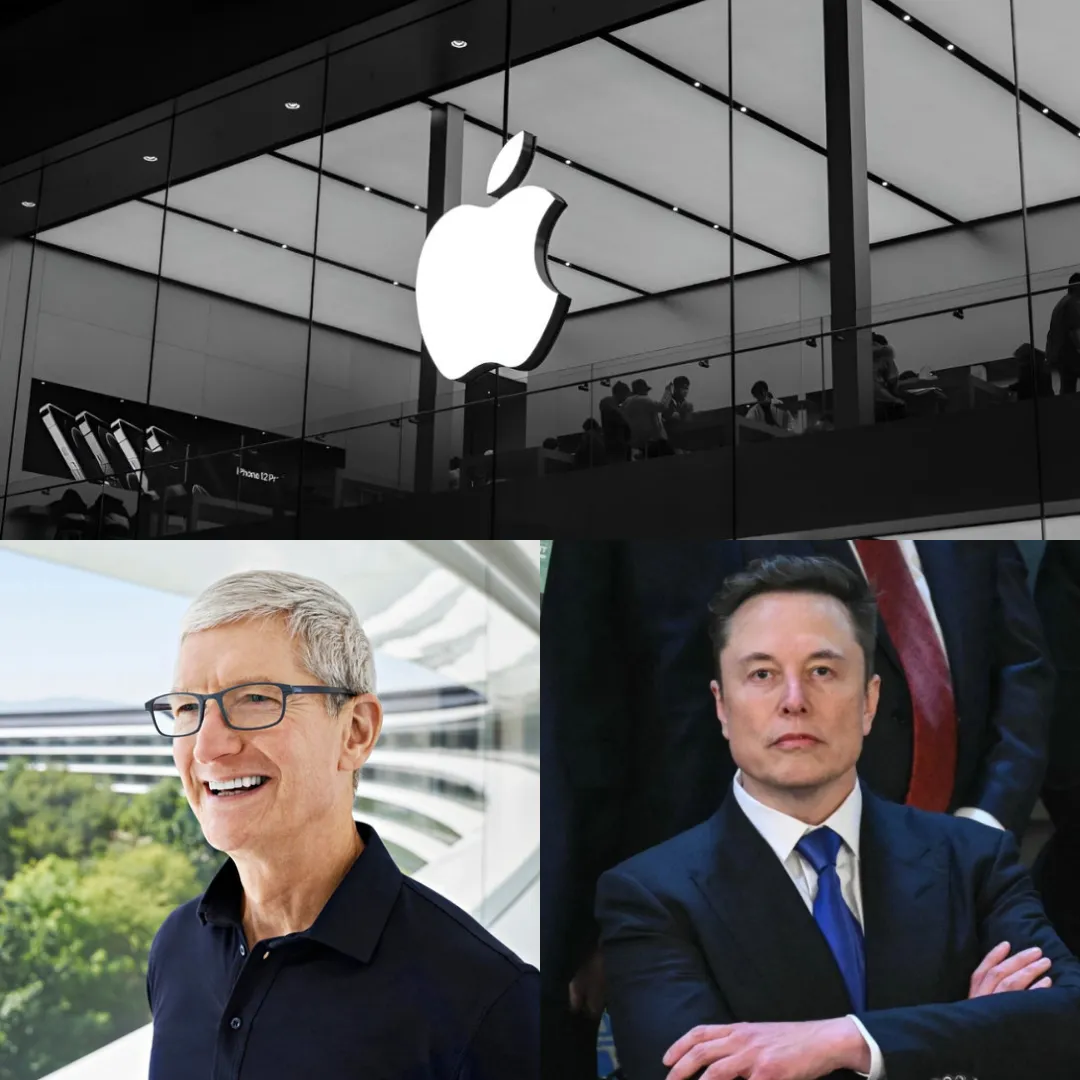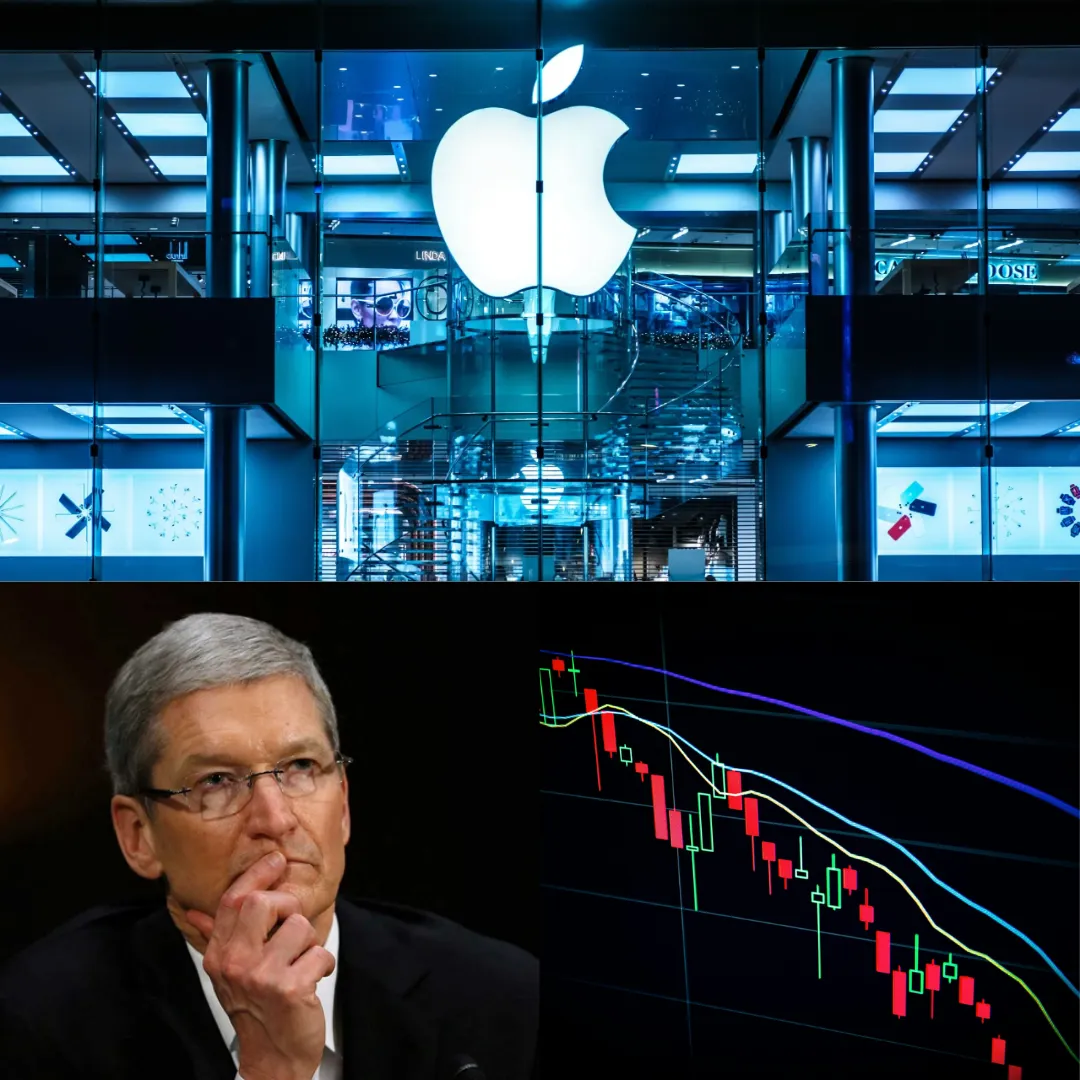
Since Russia’s invasion of Ukraine in 2022, Starlink, the satellite internet network operated by Elon Musk’s SpaceX, has played an essential role in keeping Ukraine connected. The high-speed, low-latency service has provided vital communication for both civilians and the military, allowing Ukraine to maintain operations despite disruptions to its traditional communication infrastructure.
As the war continues, discussions have emerged over Europe’s reliance on Musk’s technology, prompting efforts to find an alternative. However, replacing Starlink is proving to be far more difficult than expected.
Starlink’s importance in Ukraine cannot be overstated. Shortly after the war began, Ukrainian officials appealed to Musk for assistance, leading to the rapid deployment of thousands of Starlink terminals across the country.

These devices have provided internet access in areas where traditional networks have been destroyed or compromised. For the military, Starlink has been instrumental in operations, enabling encrypted communication, drone coordination, and intelligence sharing.
Unlike traditional satellite communication systems that rely on a limited number of high-altitude geostationary satellites, Starlink operates a vast network of low Earth orbit (LEO) satellites. This provides better speed, lower latency, and greater resilience against signal interference or attacks.
Ukrainian forces have found it particularly useful on the battlefield, where real-time data transmission is crucial.
With more than 47,000 Starlink terminals in use, Ukraine’s dependence on this technology is undeniable. Yet, concerns have been raised over the country’s reliance on a single private company for such a vital service, especially one controlled by a figure as influential as Elon Musk.

As Europe grapples with its strategic dependence on Starlink, officials are actively exploring alternatives.
To reduce dependency on Starlink, European officials have turned to Eutelsat, a French satellite operator, which merged with the UK’s OneWeb in 2023. The combination of Eutelsat’s existing satellite capabilities with OneWeb’s LEO constellation has positioned it as a possible competitor to Starlink.
Eutelsat has proposed deploying 40,000 terminals in Ukraine, aiming to replicate Starlink’s role in providing connectivity. European leaders see this as a step toward technological independence, reducing reliance on Musk’s infrastructure. However, the transition is proving to be complex, with significant barriers to replacing Starlink outright.
Despite efforts to introduce an alternative, Europe faces major obstacles in replacing Starlink’s capabilities.
-
Cost Barriers
One of the most pressing issues is cost. Starlink’s terminals are relatively inexpensive, priced at around $600 per unit, making it feasible to deploy them in large numbers. In contrast, OneWeb’s terminals are significantly more expensive, reportedly costing as much as $10,000 per unit. This creates financial challenges in scaling up an alternative network to match Starlink’s reach in Ukraine. -
Performance and Coverage Limitations
While OneWeb and Eutelsat offer satellite internet services, their networks are not as extensive as Starlink’s. Starlink currently operates thousands of satellites, offering global coverage with high speeds and low latency. OneWeb’s network, though expanding, is still significantly smaller, raising concerns about whether it can provide the same level of service, especially in high-demand military applications. -
Deployment and Logistics
Transitioning from Starlink to a new satellite network would require extensive logistical efforts. Thousands of new terminals would need to be manufactured, distributed, and installed. Users would need to be trained on the new system, and military operations relying on Starlink’s encrypted communications would need to integrate an entirely different platform. Given the ongoing conflict, such a large-scale transition would be both time-consuming and disruptive. -
Interdependence with SpaceX
Ironically, despite being a competitor, Eutelsat has relied on SpaceX’s rocket launch services to deploy its satellites. This highlights the deep interconnections within the satellite industry. If geopolitical tensions between Europe and Musk escalate, reliance on SpaceX for launches could pose additional challenges for Eutelsat’s ability to expand its network.

Beyond short-term solutions, the European Union is actively developing its own independent satellite communication system. The IRIS² project, set to be operational by 2030, is designed to provide Europe with a secure, sovereign satellite network, reducing reliance on foreign providers like Starlink.
This project is part of a broader strategy to enhance European technological independence and security.
However, with the war in Ukraine ongoing, waiting until 2030 is not an option. In the near term, Europe must find ways to support Ukraine’s communication needs while reducing its dependence on Starlink.
The question remains whether OneWeb and Eutelsat can scale up quickly enough to provide a viable alternative, or if Ukraine will remain reliant on Musk’s technology for years to come.
Replacing Starlink in Ukraine is proving to be far more challenging than European officials initially anticipated. While efforts are underway to introduce alternatives, Starlink’s affordability, performance, and extensive coverage make it difficult to replace in the short term.
The high cost of OneWeb’s terminals, the logistical complexities of deployment, and the continued dependence on SpaceX for satellite launches all create significant hurdles.
For now, Starlink remains the most reliable option for Ukraine’s communication infrastructure. As Europe works toward greater technological independence, it must navigate the complexities of balancing its strategic interests with immediate wartime needs.
In the end, Musk’s influence in Ukraine’s connectivity may persist longer than many European leaders would prefer, underscoring the immense challenge of replacing Starlink in an active warzone.


-1746411586-q80.webp)

